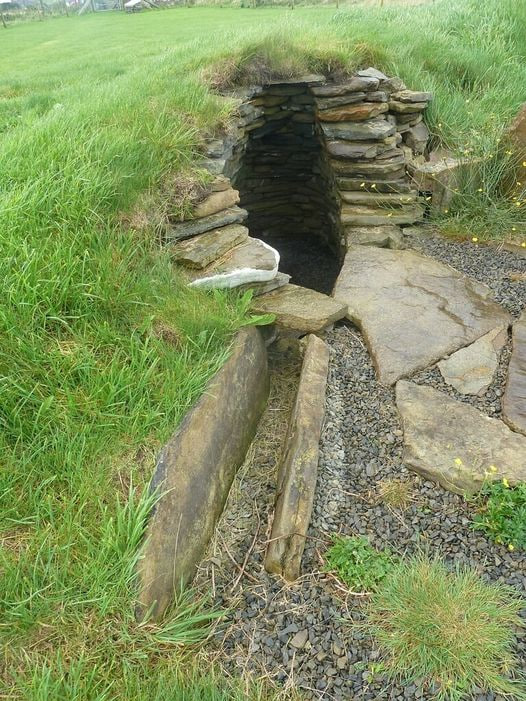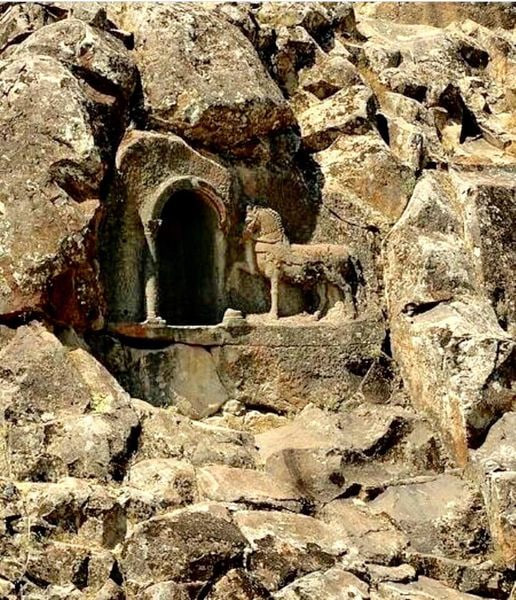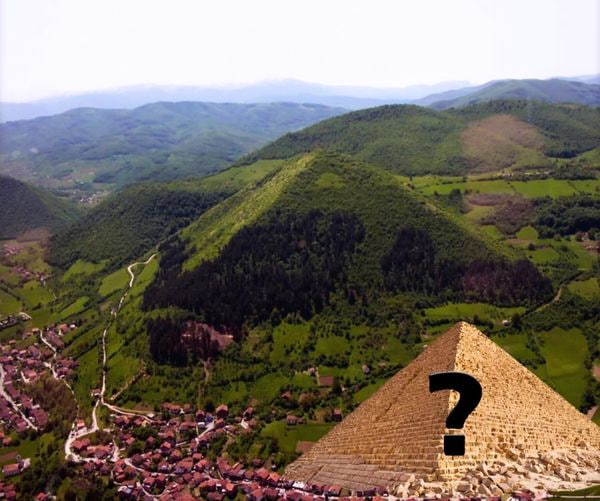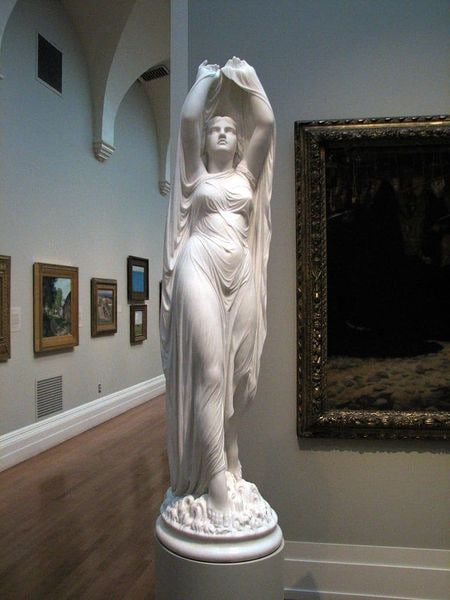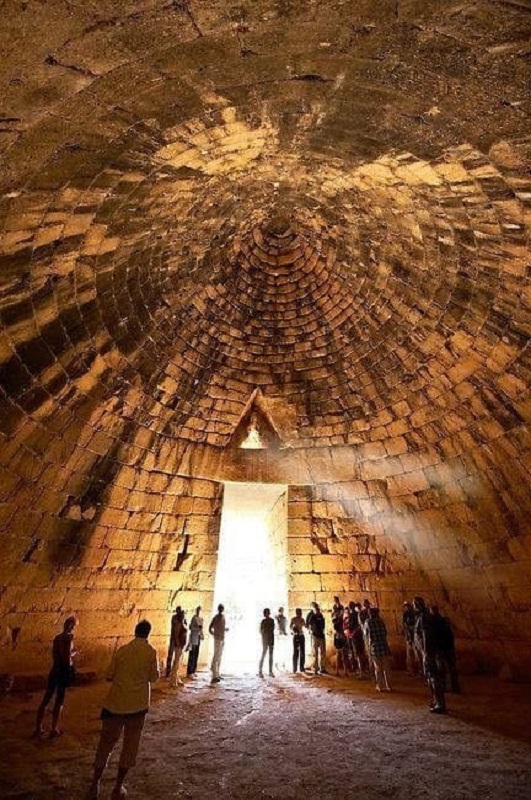Nestled within the ancient soil of Vergina, Greece, lies a tomb shrouded in mystery and splendor—the Tomb of the Golden Princess. Discovered in 1945 by Greek archaeologist Manolis Andronikos, this remarkable find has captivated the imaginations of historians and archaeologists alike. Also known as the "Tomb of Philip II," this archaeological treasure trove offers a tantalizing glimpse into the opulent world of ancient Macedonian royalty and the customs surrounding death and burial.
Discovery and Excavation
The story of the Tomb of the Golden Princess begins with the dedicated efforts of Manolis Andronikos, whose keen eye and unwavering determination led to its discovery. Unearthed amidst the ruins of ancient Vergina, the tomb revealed itself to be a repository of riches, with its walls adorned with intricate frescoes and its chambers filled with precious artifacts. Among the treasures discovered within was the remains of a woman bedecked in gold jewelry, earning her the moniker of the Golden Princess.
The Royal Connection
While the true identity of the Golden Princess remains a subject of speculation, the tomb's association with King Philip II of Macedon lends it an air of regal significance. Believed to be one of the wives or family members of Philip II, father of Alexander the Great, the Golden Princess embodies the wealth and power of Macedonian royalty during the height of its empire.

Insights into Macedonian Royalty
The discovery of the Tomb of the Golden Princess has provided invaluable insights into the lives and customs of ancient Macedonian royalty. From the lavish burial offerings to the intricate frescoes adorning its walls, every detail speaks to the opulence and sophistication of this ancient civilization. Moreover, the discovery sheds light on the burial customs and rituals practiced by the Macedonian elite, offering a window into their beliefs surrounding death and the afterlife.
Legacy and Preservation
As a testament to its historical and cultural significance, the Tomb of the Golden Princess has been designated a UNESCO World Heritage Site, ensuring its preservation for future generations. Through ongoing research and conservation efforts, archaeologists continue to unravel the mysteries hidden within its hallowed chambers, adding to our understanding of ancient Macedonian history and culture.
Conclusion
The Tomb of the Golden Princess stands as a testament to the enduring legacy of ancient Macedonian royalty and the rich tapestry of history that surrounds it. From its humble beginnings as an archaeological dig to its status as a UNESCO World Heritage Site, this remarkable discovery continues to captivate and inspire all who encounter it. As we reflect on its significance, let us remember the Golden Princess and the world of wonders she represents—a world where gold gleams and history whispers secrets from the past.


